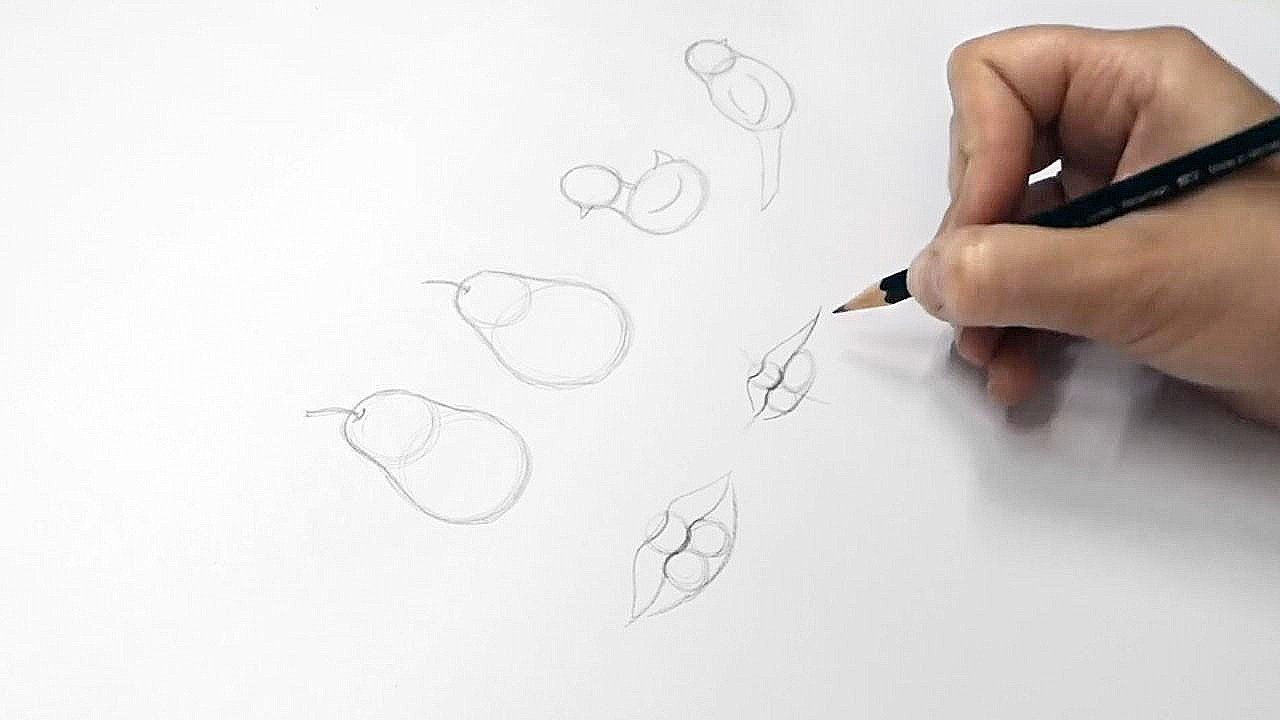How to Practice Drawing Effectively
Jan 25, 2021
If you want to get better at drawing you need to improve the connection between your hands and eyes. Simple drawing exercises will help you train your hands and will help you with your hand-eye connection. The more you train your hands the better you can control them when drawing. PRACTICE as much as you can until the movement in your hand feels natural to you.
Basic tips for practicing
1. Exercise in short sessions (5 to 20 minutes), but regularly.
2. Keep your hand relaxed while drawing. Don't press too hard on your paper, draw with light pressure.
3. Your hand shouldn't hurt. It may get tired, but if it starts to hurt try finding another way of holding your pencil.
4. There’s no need to use special drawing paper or a sketchbook when you’re practicing. You can use cheap copy paper.
5. Sketch a lot! Don't think about the result, just let your hand practice its natural movement.
6. Don’t forget to enjoy yourself! You can stop at any time and start again later.
Back to Basics
Drawing and sketching can seem impossible if you don’t know how. But drawing is a learned skill and like anything you want to learn you need to understand the basics first.
In the following blog posts, we will cover the basic elements of art.
The Elements of Art are the “building blocks” for almost every drawing. The elements are line, shape, form, space, texture, value, and color. Without these elements, it would be impossible for an artist to create art.
- Line — A mark that creates the distance between two points. Lines can be horizontal, vertical, diagonal, straight, curved, thick, or thin. They are the outline of shapes and objects.
- Shape — The outline of a flat object (two-dimensional).
- Form — The form of a shape showing height, width, and depth (three-dimensional).
- Space — The area above, around, and within objects.
- Value — What you see when all color is removed. It’s how light or dark a shade is on a scale of white to black. It’s how we understand how something looks around us. Is it flat or round?
- Texture — The way a surface feels or is perceived to feel, which can either be seen or felt.
- Color — To see color, you have to have light. When light shines on an object some colors bounce off the object and others are absorbed by it. Our eyes only see the colors that are bounced off or reflected.
In the drawing course within my membership, I will teach you the basic elements of art step by step and give you plenty to practice with. Want to join? Check out the details here.
Emmy
_
Want to read more? Check out the other topics here.
Want to be notified of new blog posts?
Sign up and you'll receive an email when a new blog is posted.
We won't send spam and you can unsubscribe at any time.
